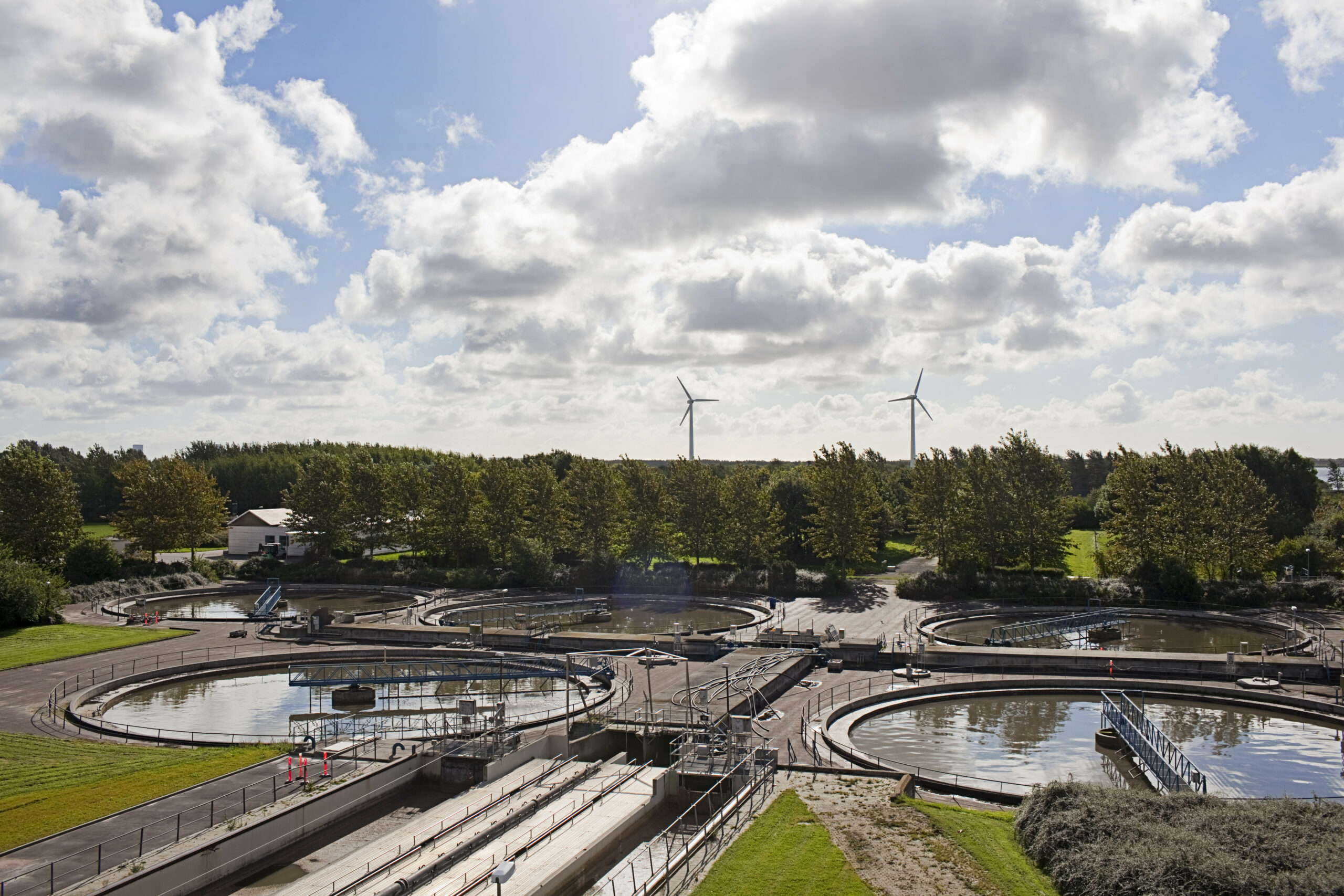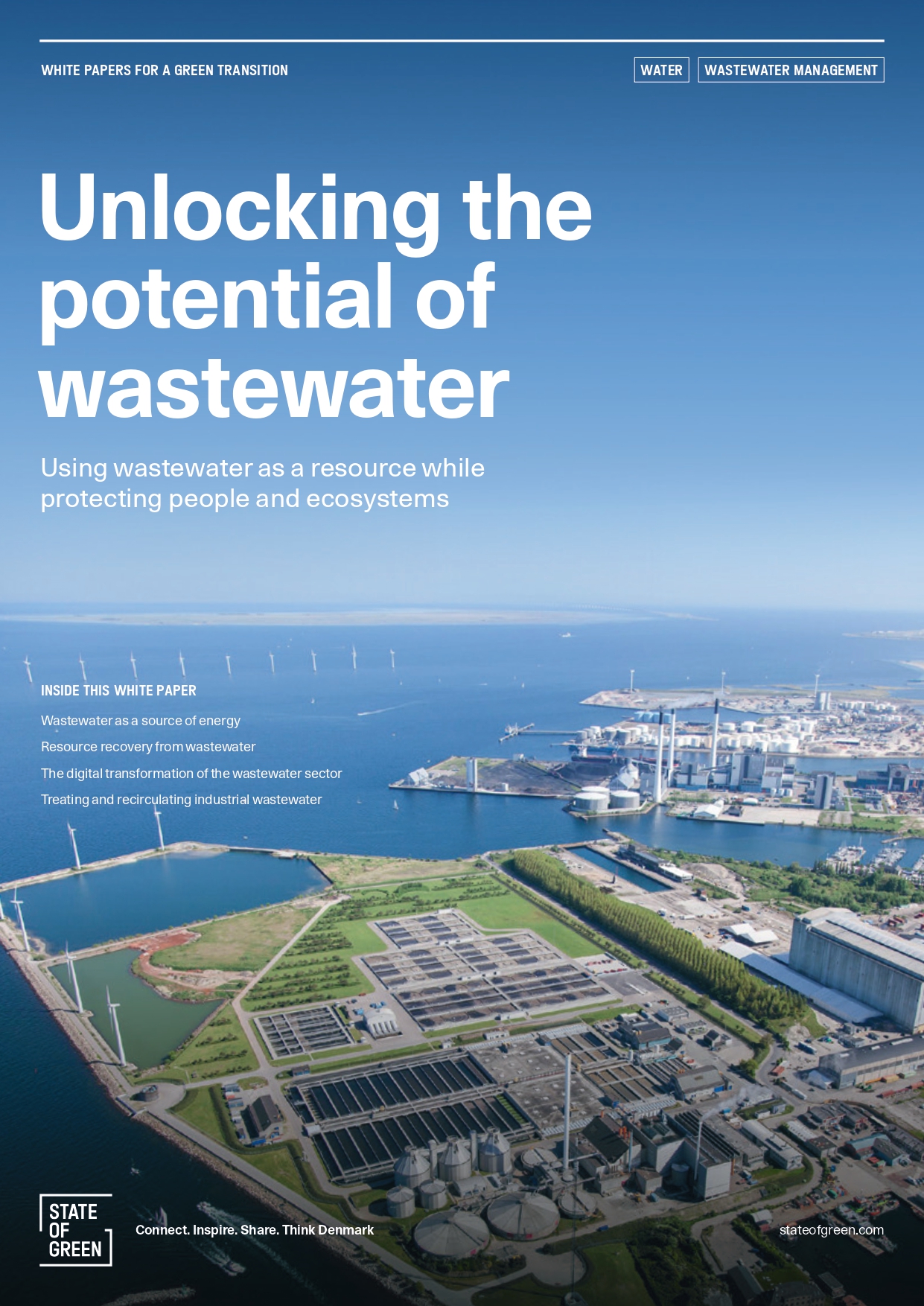Download our publication on unlocking the potential of wastewater
Discover our white paper on how to use wastewater as a resource while protecting people and ecosystems.
Explore the publicationPerspective
Wastewater-to-energy
Wastewater management
Wastewater treatment
+1



Discover our white paper on how to use wastewater as a resource while protecting people and ecosystems.
Explore the publicationThe wastewater sector in Denmark is at the forefront of development in relation to both energy conservation and emissions reduction. Several leading utilities in Denmark have proved that energy neutrality is an achievable goal, meeting the challenges with aggressive energy reduction and conservation programs, and maximising energy production in the form of biogas production.
Denmark’s commitment to the aquatic environment and sustainability is embodied in its national goal to achieve energy neutrality and strive towards climate neutrality by 2030. To meet the 2030 objectives, wastewater treatment plants across Denmark have conducted comprehensive energy assessments to identify and implement the most effective energy-saving measures. These initiatives include the deployment of advanced online monitoring and energy management systems. Such improvements can lead to significant reductions in energy consumption. This strategic approach not only supports Denmark’s environmental goals but also offers substantial economic benefits by lowering operational costs and enhancing the sustainability of water treatment operations.
A progressive implementation of energy-efficient equipment as well as process optimisation has put wastewater treatment plants in the position of being net producers of energy. They boast an impressive net self-sufficiency rate of 77 percent, achieved through the innovative use of anaerobic sludge digestion leading to the production of valuable biogas used for the production of electricity or in some cases injected into local or national gas grids. Excess heat produced in the process is cleverly integrated into the district heating networks, exemplifying a successful circular economy approach and adding to the neutrality agenda. Even heat pump technology is in some cases implemented using the temperature in the effluent steam as a heat source for the district heating system, setting a benchmark for future initiatives.
Denmark has adopted ambitious goals for emission reduction. For the wastewater sector, this means that process emissions in the form of nitrous oxide (N2O) and methane (CH4) are closely followed and measured, and control and abatement initiatives have been initiated. Danish utilities have both measured and tested control strategies for the reduction of the N2O emissions from the biological conversion of ammonia to free nitrogen. This work has been supported by Danish inventions in the sensor industry and is supported by the Danish Environmental Protection Agency. Despite many initiatives, there is still some way to go before full control and minimisation will be achieved. With the increased utilisation of biogas production, more attention has been given to the adverse effect of leaking CH4 from the systems. Numerous initiatives aiming at ensuring optimal utilisation and minimising emissions have been implemented, and even regular audits are mandatory to ensure that leaks are not leading to emissions.
Perspective
Sector coupling
+9
solutions
Wastewater treatment
+1